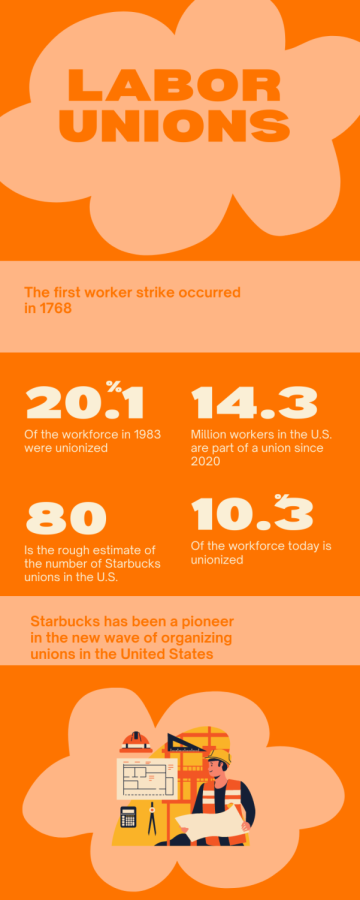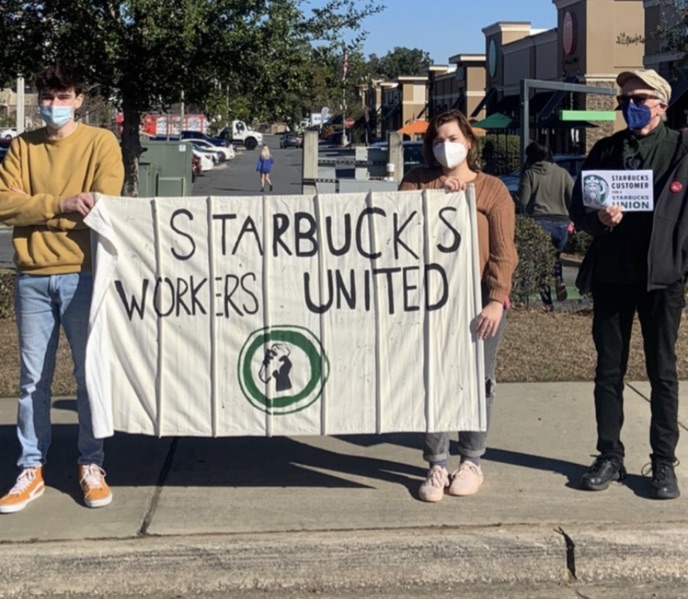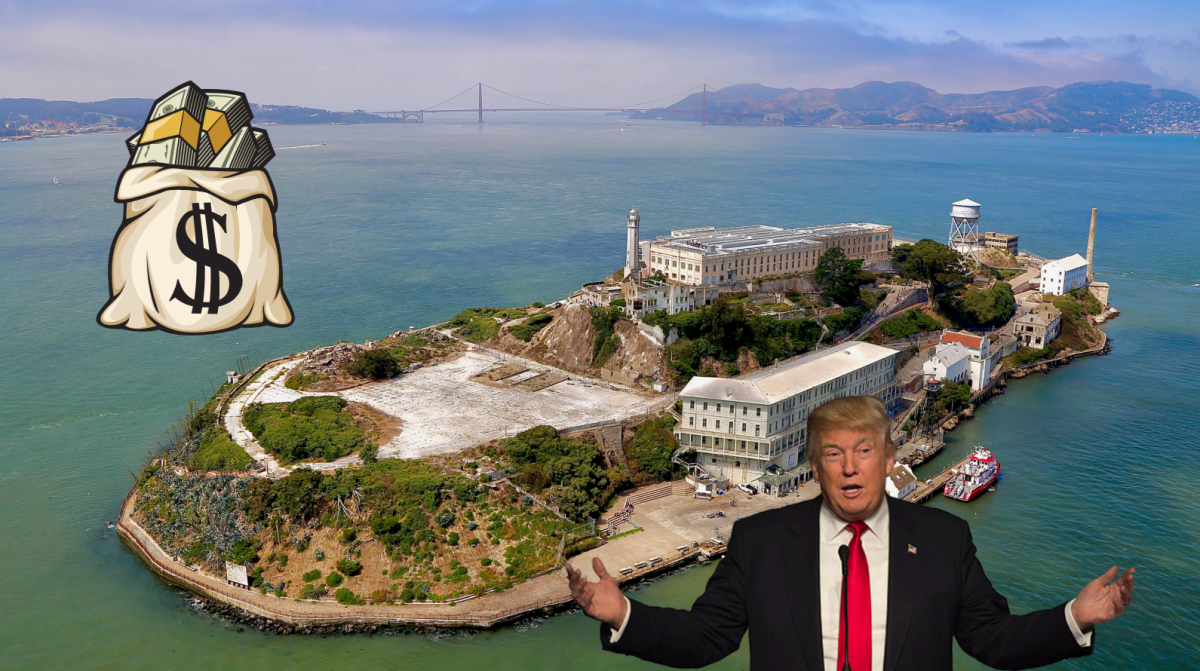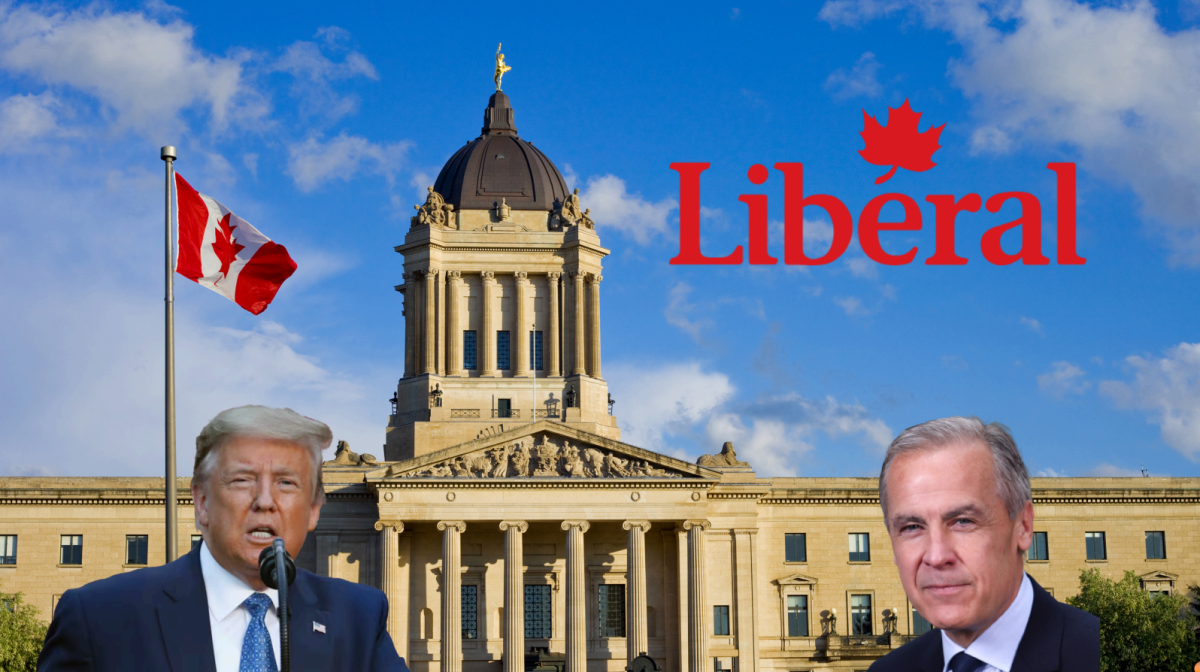Labor unions have existed in America since its inception, reflecting the rights colonists valued when they separated from a tyrannical British government. As long as labor and management exist, so will the right workers have to unionize and companies have to figure out how those employees should be treated.
Following the pandemic, society saw a rise in interest towards workers’ unions across large companies including Apple, Amazon and Starbucks. In particular, Starbucks’ stores have been organizing unions at a remarkable rate in the past few months.
Back in April, a store in Staten Island, N.Y., formed the first Amazon union after decades without the major company having a single union. On Dec. 9, 2021, a store in Buffalo, N.Y., was the first Starbucks store to unionize. Though stores at Apple have yet to successfully unionize, a store in Atlanta, Ga., became the first to file for unionization on April 20, 2022.

Since the Starbucks in Buffalo unionized back in December, over 100 Starbucks stores around the country have filed for unions. This new wave of unionization is monumental as it has inspired workers around the country to unionize for worker’s rights, which influences all members of society.
It has been obvious that Starbucks and Amazon do not want their employees to organize through. Recently, Starbucks announced benefits for workers but only for stores that have not organized. Another way companies discourage workers from voting to unionize is by “having flyers and videos that use deceitful wording to make it seem like individuals can’t unionize or their benefits will be taken away, or to tell them that unions are going to be detrimental to them,” Pielak said.
Some may see this discouragement as propagandistic, but there are still several other more blatantly unconstitutional ways management has tried to directly stop workers from unionizing. Social studies teacher Philip George commented, “In the past, there have been examples of them doing some not very responsible ways of preventing workers from unionizing, such as putting obstacles between them being able to vote, obstacles in the way of having union representatives come in and limiting their access to the workers and things like that,” he said.
George cited an example of a 2021 Supreme Court case that ruled that a “California regulation allowing union organizers to recruit agricultural workers at their workplaces violated the constitutional rights of their employers,” according to journalist Adam Liptak. This case was controversial especially because it regarded the rights of workers not only in relation to management, but also to union representatives.
Senior Isaiah Paileck explained the impact he believes labor unions can have on the economy. “I think it helps the economy. When we put more money into workers and the hands of the working class, it gets circulated around more. It gets invested; it gets spent,” he said. “But when we give it to large corporations, they will generally put it into savings accounts or offshore banking accounts or use it to increase their CEO’s pay, or a number of other things that don’t really recirculate that money.”
Though there are arguments against and for unions, both from the opposing sides of labor and management, the fact that they are increasing countrywide and will impact the economy extremely, whether that be positive or negative, is indisputable.









